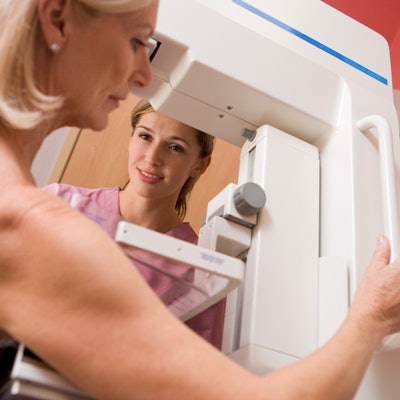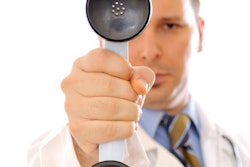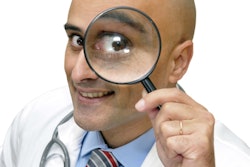
Second-opinion reads of mammograms initially performed at an outside facility identify more cancers and improve the positive predictive value of biopsy, even in patients without a breast cancer diagnosis, according to a study published online May 19 in the Journal of the American College of Radiology.
Even though providing patients with this service can be time-consuming and costly, the results suggest that it does improve patient care and may reduce healthcare costs overall, wrote a team led by Dr. Lauren Sen of MD Anderson Cancer Center in Houston.
When patients have a suspicious finding on mammography, they often want additional consultation, and some studies have shown that second-opinion interpretation of outside breast imaging studies changes management in 11% to 27% of patients, Sen and colleagues noted. How and whether second-opinion interpretation affects patients without a breast cancer diagnosis has remained unclear, however.
To address this question, Sen's team reviewed reads by MD Anderson radiologists of outside mammograms for 2,253 patients without a breast cancer diagnosis made between January 2010 and June 2014. Of these, 973 cases had lesions classified as BI-RADS 4 (suspicious) or BI-RADS 5 (highly suggestive of malignancy).
MD Anderson second opinions discovered 24 cancers, of which 18 had been missed by the original sites, the researchers found. This translated to a 9.4% positive predictive value for the number of cancers diagnosed among biopsies recommended and a 9.5% positive predictive value for the number of cancers diagnosed among biopsies recommended and actually performed.
In addition, in more than a third (35.5%) of cases, the BI-RADS categorization by MD Anderson did not agree with the categorization from the outside facility. For example, of the 973 patients assigned BI-RADS 4 or 5 at the outside facility, 278 (28.6%) were downgraded to BI-RADS 1 to 3 at MD Anderson. Of the 923 patients assigned BI-RADS 1 to 3 at the outside facility, 191 (20.7%) were upgraded to BI-RADS 4 or 5 at MD Anderson; of these, 189 were biopsied, detecting 24 cancers, 15 high-risk lesions, and 150 benign lesions.
The study shows that second-opinion interpretation can positively affect patients who do not yet have a breast cancer diagnosis, according to the group.
"Previous studies have demonstrated the value of second-opinion interpretation in patients with a known diagnosis of breast cancer; our results confirm the value of second-opinion interpretation in patients without a concurrent diagnosis of breast cancer," Sen and colleagues concluded.




















